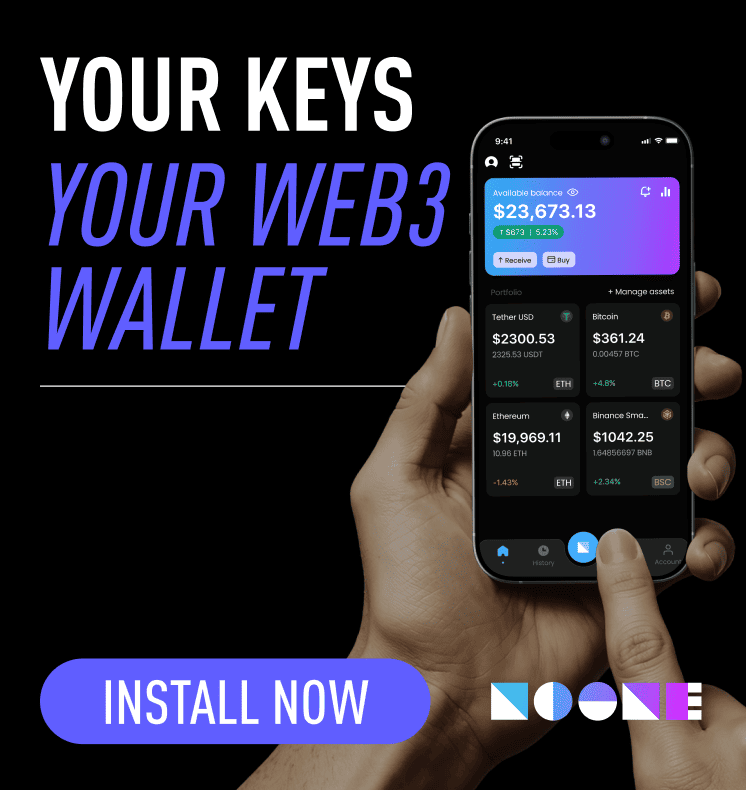Introduction
Crypto CFD is a contract for difference that mirrors the price action of a cryptocurrency without holding the underlying asset. When you open a crypto CFD, you’re agreeing with a broker to trade the price difference from when you initiate the position to when you close it. It’s a way to bet on price action for Bitcoin, Ethereum, and other altcoins without having to hold wallets or private keys. With growing retail demand for crypto markets, CFDs have emerged as a mainstream method for traders to take on exposure with leverage and flexible trade sizes.

Candlestick chart and crypto icons illustrating CFD trading
What is Crypto CFD
A Crypto CFD, or Cryptocurrency CFD
A contract for difference is a finance contract in which two parties, buyer and broker, trade the difference in value of an asset between open and close. In crypto CFDs, the asset is usually a digital currency such as Bitcoin or Ethereum. You don’t take physical delivery of the coins; you have a derivative position on price movements. This setup allows you to go long if you’re hoping the price will go up or short if you’re hoping the price will decline. You trade using margin, and you need only a portion of the total value of the trade as collateral. Although this increases potential gains, it also increases losses, and as a result, effective risk management is critical.
Crypto CFDs reflect spot price feeds from principal exchanges. Brokers may take quotes from platforms such as Binance, Coinbase, or Kraken. By connecting to those markets, CFDs are designed to follow real-time movements closely. But spreads, overnight charges, and broker mark-ups may create minor divergencies.
How Crypto CFDs Work
Opening a CFD position requires you to deposit margin with your broker. Say Ethereum is $2,500 and you purchase one CFD at that price using a margin of 10 percent. You require just $250 in your trading account to secure a position for $2,500. When the ETH goes up to $2,700 and you close, you make a profit of $200 less charges. In the event that the price goes down to $2,300, you lose $200 and fees. Leverage allows you to trade a larger position using less capital, though losses accumulate equally fast.
Most brokers make leverage ratios of between 2:1 and 30:1 for retail accounts, subject to local regulation. More professional traders are able to get even more leverage, provided they comply with more demanding criteria. There is an overnight finance or swap charge for positions overnight. CFDs, unlike futures contracts, don’t have an expiry date. You can leave trades open forever, as long as you keep margin. Such flexibility appeals to swing traders, though it will work to erode profits in the long term by way of finance.
History of Crypto CFDs
CFDs were invented in the 1990s in the United Kingdom as a stock trading mechanism in which one didn’t need to pay transfer fees. CFDs moved into forex and commodities, with margin trading via online platforms. Crypto CFDs came in the mid-2010s when digital assets began gaining mass attention. Early adapters were brokerages for retail forex, who included crypto in new products. It only took traders who were familiar with forex margin accounts a simple move to apply the same concepts to crypto pairs.
Adoption picked up pace, especially during bull trends such as late 2017 and in 2020–21, when retail platforms saw record volumes. With time, more advanced crypto CFD providers came into the market, providing competitive spreads and support for a broad list of altcoins. Regulation further grew, with authorities in Asia, parts of North America, and Europe imposing leverage caps and risk warnings. This meant that the market matured, with safer trading platforms and more transparent rules.
Major Crypto CFD Platforms
Some popular brokers provide crypto CFDs in combination with forex and commodities. For international markets, popular options include Plus500, IG Group, and eToro. They support trading BTC, ETH, XRP, and a list of altcoins. Specialty crypto brokerages including BitMEX, Bybit, and Binance also offer CFDs in the form of perpetual swaps or futures contracts. Although they are technically not traditional CFDs, they work essentially the same way: traders take positions on price movements without coin ownership. These platforms tend to cater to professional, high-leverage traders.
In selecting a platform, take into consideration jurisdiction, client protection policies, and speed of execution. Some platforms are strictly regulated by the finance sector in the UK or EU, whereas some are housed in off-shore jurisdictions. Always find out if the broker keeps client funds in separate accounts and provides negative balance protection.
Risks involved in Crypto CFDs
High leverage cause small market movements to become large losses. When the price goes against you, the broker will issue a margin call or close your position automatically. You stand to lose more than you have in your initial deposit in the absence of tight stop-loss configurations.
Crypto markets are volatile—a steep price move can cause sudden margin calls. News, network upgrades, or announcements by regulators typically initiate fast-moving action. Seasoned traders are not immune to ending up on the wrong side of a steep decline or spike. Counterparty risk is a further worry. CFDs are over-the-counter instruments, so you rely on the broker’s solvency. In the event of broker insolvency, you will find it difficult to get your cash. Always find out about broker reputation, reviews, and regulatory status prior to deploying capital.
Regulatory Environment for Crypto CFDs
The regulation is quite diverse by area. The European Securities and Markets Authority (ESMA) regulates leverage caps—2:1 for crypto CFDs—in the European Union and requires risk warnings. Brokers are also obligated to offer negative balance protection to retail consumers. In the United Kingdom, the Financial Conduct Authority (FCA) adheres to the guidelines of ESMA and prohibits marketing crypto CFDs to ordinary retail clients since 2021. They remain accessible to professional clients under more stringent conditions. Other authorities such as Australia and South Africa have their own leverage caps and licensing provisions.
In the US, CFDs are not accessible to individual traders because of local regulation. However, American clients can trade futures contracts on exchange-regulated markets such as CME. Always check the regulation status of an intermediary in your nation and whether the client’s funds are protected.
Strategies for Trading Crypto CFDs
Technical and controls on risks are often mixed by traders. Chart patterns, moving averages, and indicators such as RSI are utilized to determine entry and exit points. Always use a stop-loss and take-profit order to adjust position size and secure profits.
Some employ news-driven approaches, moving swiftly in response to network improvements or broader economic occurrences. Others employ trend-following methodologies, where they purchase when price crosses above critical levels and sell on breakdowns. As crypto CFDs support short positions, you are able to profit from downtrends as well.
Trade sizes are guided by risk and reward ratios. For instance, you would venture to risk $100 and target $300 in profit, a ratio of 1:3. A series of small gains and some larger losses, over the long term, will still be profitable if they’re managed well. Never risk a significant portion of capital in a single trade.
Conclusion
Crypto CFDs are a popular, flexible solution for trading digital assets without actually owning the coin. They give you leverage, shorting, and exposure to several markets in a single location. At the same time, the same attributes that draw traders in—leverage and volatility—elevate the potential for losses. By selecting a reputable broker, instituting solid risk controls, and familiarizing yourself with margin policies, you will be able to trade this market more safely. A clearly defined approach and continued education will be a safeguard for you, whether you’re a new player or a veteran.














 Twitter
Twitter
 Telegram
Telegram
